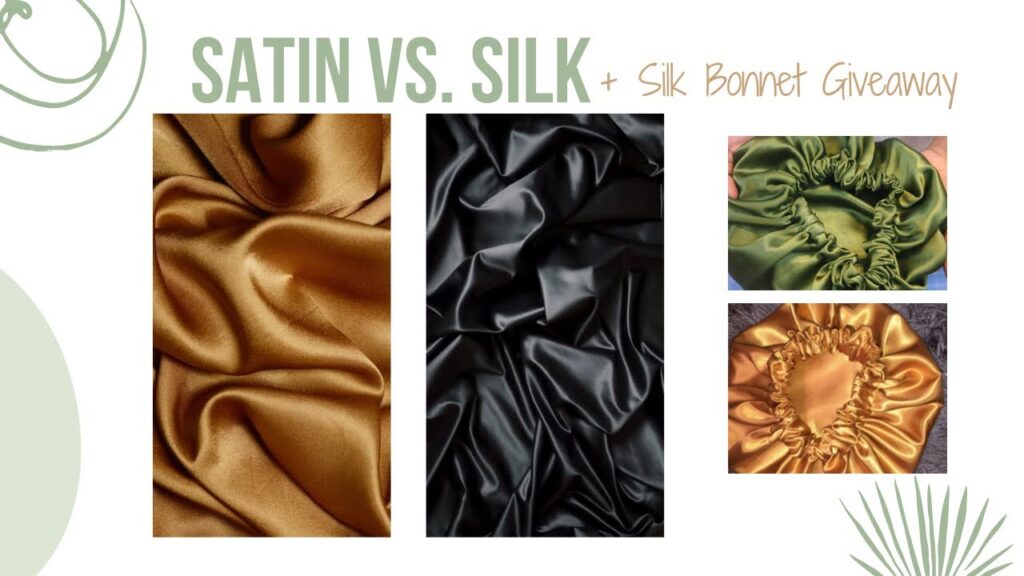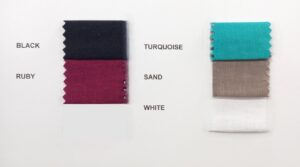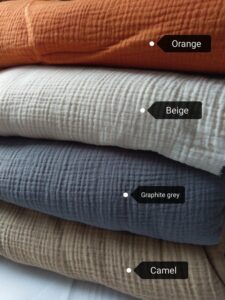Is Silk Stronger Than Nylon?
In the world of fashion and sewing, the compatibility of fabrics can make or break a design. Understanding how different materials interact is essential for creating garments that not only look good but also last. Silk and nylon are two popular fabrics with distinct characteristics, and this article explores their compatibility, strengths, and how they can be effectively combined in various applications.
Compatibility Analysis
When it comes to mixing silk and nylon, the answer is a resounding YES—they can indeed be combined successfully. However, their compatibility depends on several factors, including texture, weight, stretch, care requirements, and durability.
Silk, a natural fiber known for its luxurious feel and sheen, pairs well with nylon, a synthetic fiber prized for its strength and elasticity. The key to their successful blending lies in balancing these properties to achieve the desired aesthetic and functional outcomes. Silk’s lightweight and smooth texture can complement nylon’s durability and resilience, resulting in a fabric mix that offers both elegance and practicality.
Key Factors:
- Texture: Silk’s smooth surface can enhance nylon’s slightly rougher texture, creating a unique tactile experience.
- Weight: Both fabrics are relatively lightweight, making them suitable for layering without adding bulk.
- Stretch: Nylon’s elasticity can compensate for silk’s lack of stretch, providing a more flexible garment.
- Care Requirements: While silk requires gentle care, nylon’s robustness can make the overall fabric blend easier to maintain.
- Durability: Nylon’s wear resistance can enhance the longevity of silk garments.
Fabric Properties Comparison Table
| Property | Silk (Natural) | Nylon (Synthetic) |
|---|---|---|
| Fiber Content | Natural | Synthetic |
| Weight and Thickness | Lightweight | Lightweight to Medium |
| Breathability | High | Moderate |
| Moisture-Wicking | Moderate | High |
| Stretch and Elasticity | Low | High |
| Wrinkle Resistance | Low | High |
| Care Instructions | Hand wash, dry clean | Machine wash, low heat |
| Durability | Moderate | High |
Benefits of Mixing These Fabrics
Combining silk and nylon can enhance the texture and visual interest of garments, offering a unique aesthetic that is both sophisticated and modern. The blend improves comfort and performance, providing a better drape and movement, which is ideal for flowing dresses or activewear. Additionally, the cost-effectiveness of nylon can offset the higher price of silk, making luxurious designs more accessible. This blend also offers seasonal versatility, suitable for both warm and cool weather, and opens up a world of design possibilities in both fashion and home decor.
Potential Challenges
While silk and nylon can be a match made in heaven, there are potential challenges to consider:
- Different Shrinkage Rates: Silk may shrink more than nylon, requiring careful pre-washing.
- Conflicting Care Requirements: Silk’s need for gentle handling may conflict with nylon’s durability.
- Texture Clash or Pilling: The smoothness of silk can sometimes clash with nylon, leading to pilling.
- Seam Puckering: Differences in fabric tension can cause puckering at seams.
- Color Bleeding or Fading: Silk’s dyes may bleed more than nylon’s, necessitating careful washing.
Practical Solutions:
- Pre-wash fabrics separately before sewing.
- Use a gentle detergent and cold water for washing.
- Test for colorfastness before combining colors.
- Use appropriate needles and threads to minimize puckering.
Sewing & Styling Tips
When sewing silk and nylon together, using the right techniques is crucial. Opt for fine needles, such as a size 70/10, and polyester thread for strength and flexibility. Consider using interfacing or stabilizers to manage the fabrics’ different properties. French seams or serging can provide clean finishes, while choosing patterns that allow for both fabrics’ strengths will ensure a polished result. Styling ideas include combining silk tops with nylon leggings for a chic, sporty look or using the blend in home decor for luxurious yet durable drapes.
Care & Maintenance Guide
To maintain the beauty of silk and nylon blends, follow these care guidelines:
- Washing: Use a gentle cycle with cold water and mild detergent.
- Drying: Air dry or tumble dry on low to prevent damage.
- Ironing: Use a low heat setting and press with a cloth to protect the silk.
- Stain Removal: Treat stains promptly with suitable cleaners for each fabric type.
- Long-term Care: Store in a cool, dry place to prevent damage from moisture and sunlight.
FAQ Section
1. Can you wash silk and nylon together?
Yes, but use a gentle cycle and cold water to protect both fabrics.
2. Will silk shrink more than nylon?
Silk is more prone to shrinking, so pre-wash it before sewing.
3. What needle size should I use for sewing silk and nylon together?
A size 70/10 needle is recommended for fine fabrics like silk and nylon.
4. Can you mix silk and nylon in one garment?
Absolutely, they can be combined to create unique and functional designs.
5. How do you prevent seam puckering when combining these fabrics?
Use the right needle and thread, and consider using stabilizers.
6. Is it okay to mix silk and nylon for upholstery?
Yes, but ensure the blend is suitable for the intended use and care requirements.
7. What’s the best way to finish seams with silk and nylon?
French seams or serging provide clean, durable finishes for these fabrics.
By understanding the properties and potential challenges of silk and nylon, you can create beautiful, durable garments and home decor items that benefit from the best of both worlds.



Leave a Reply